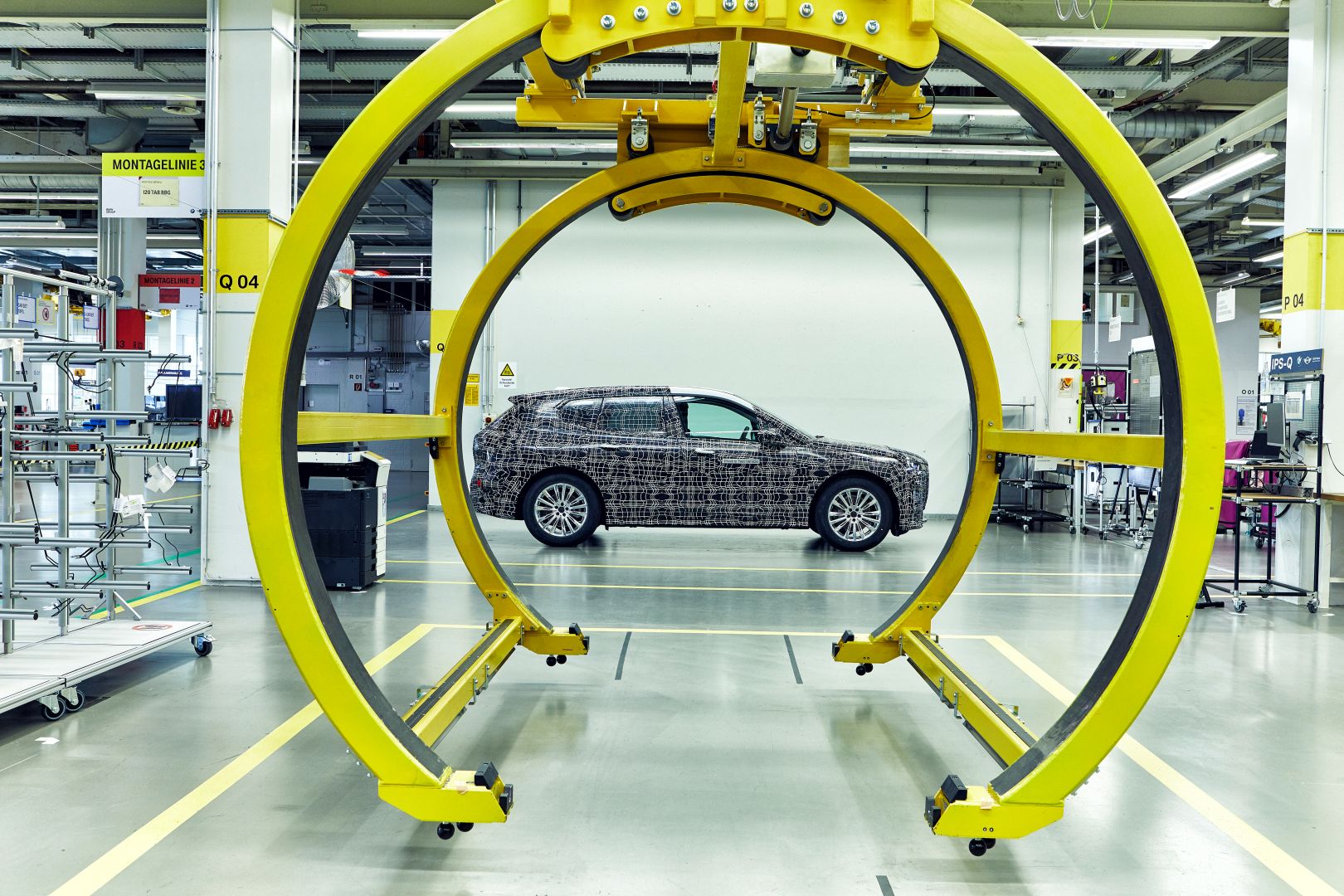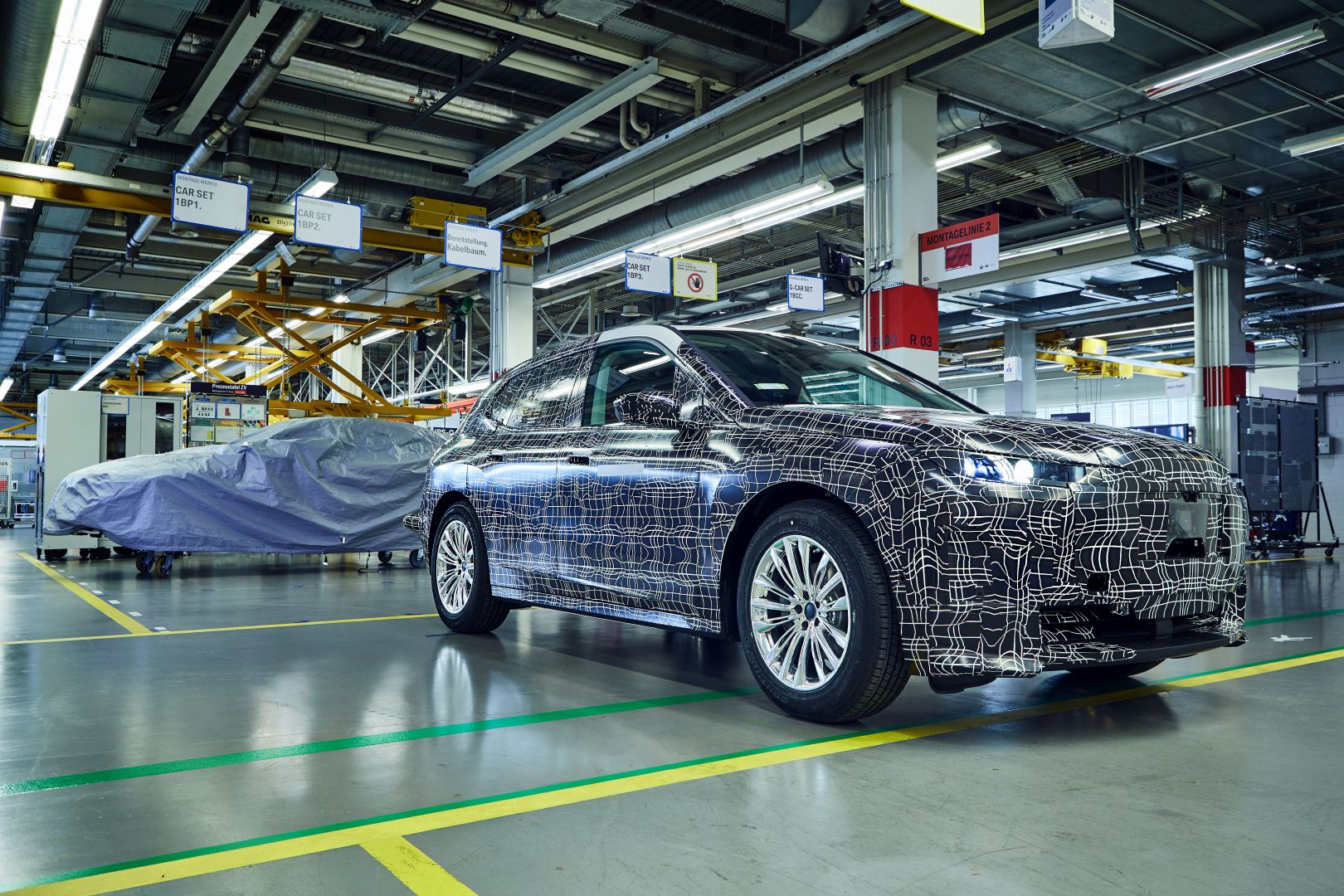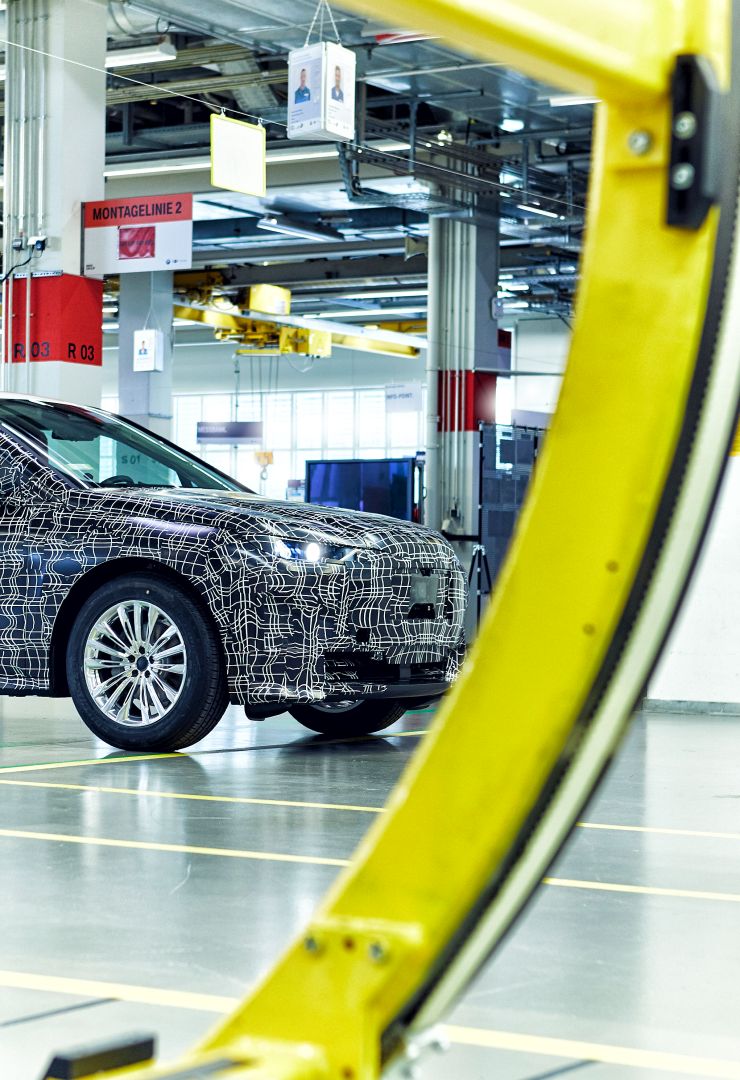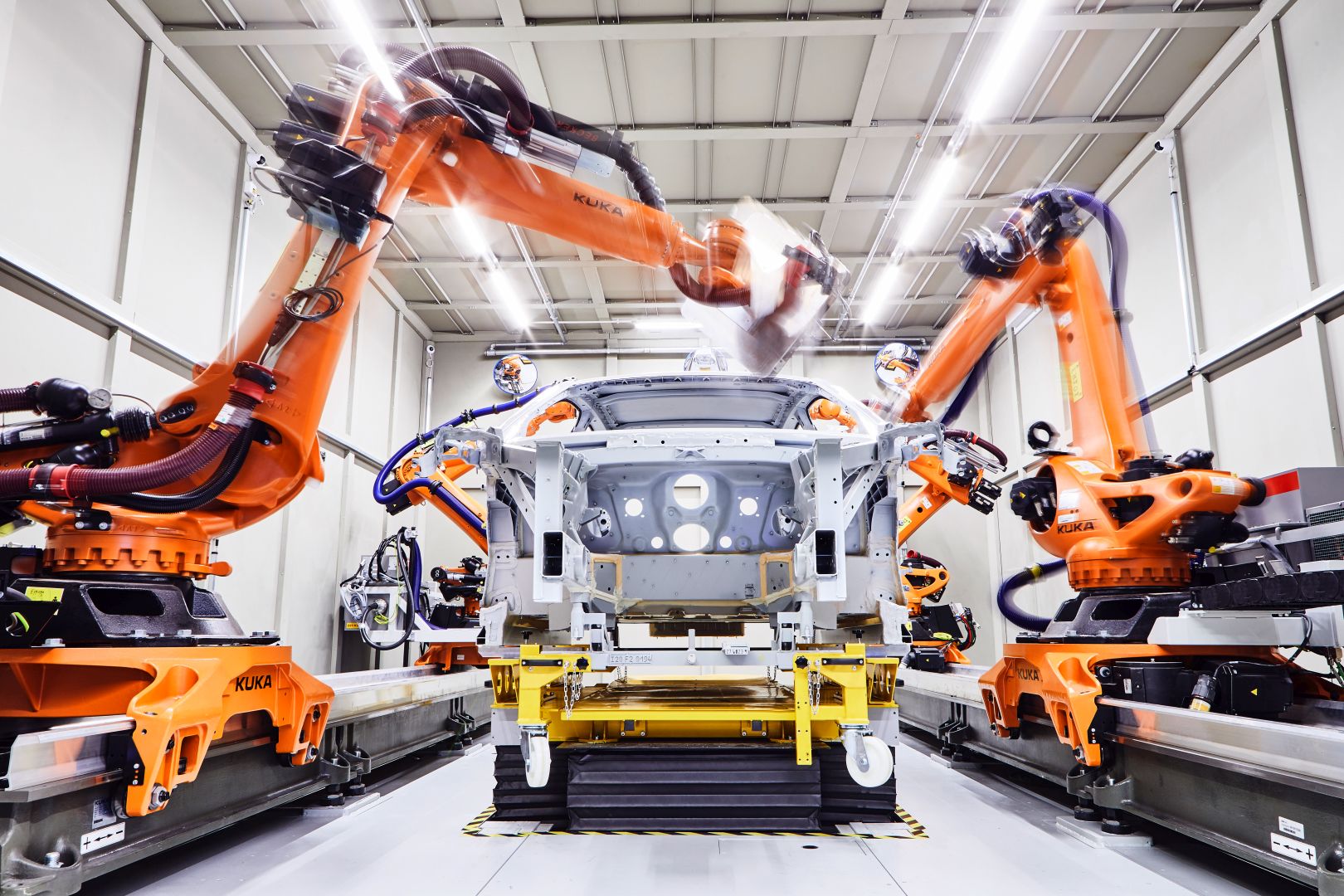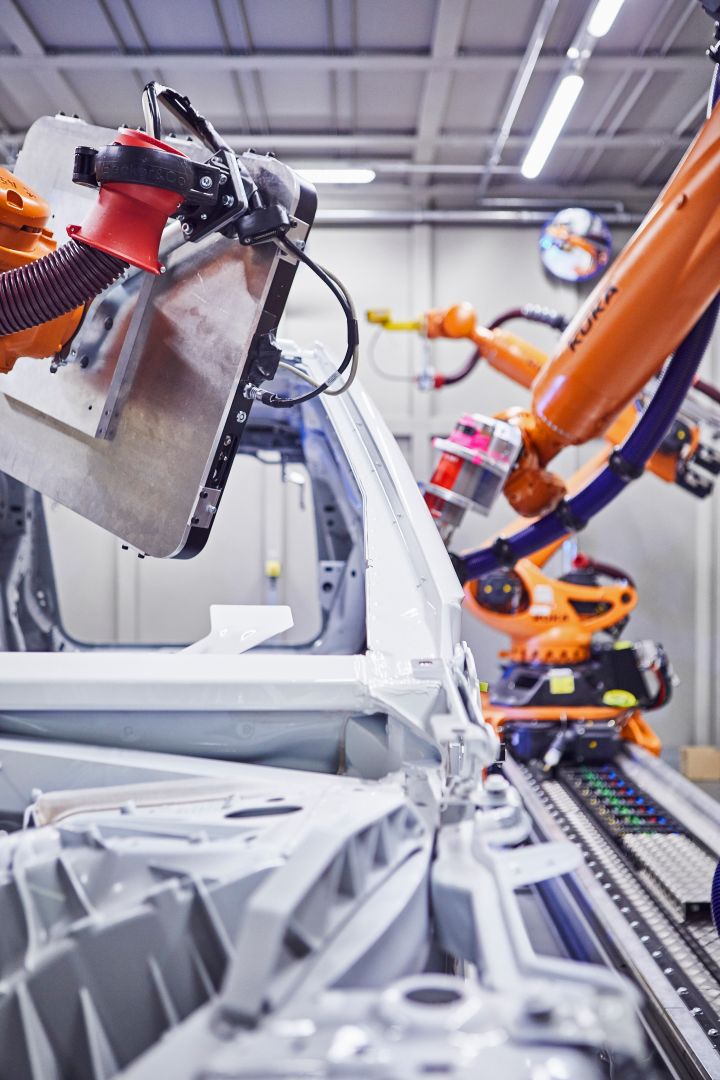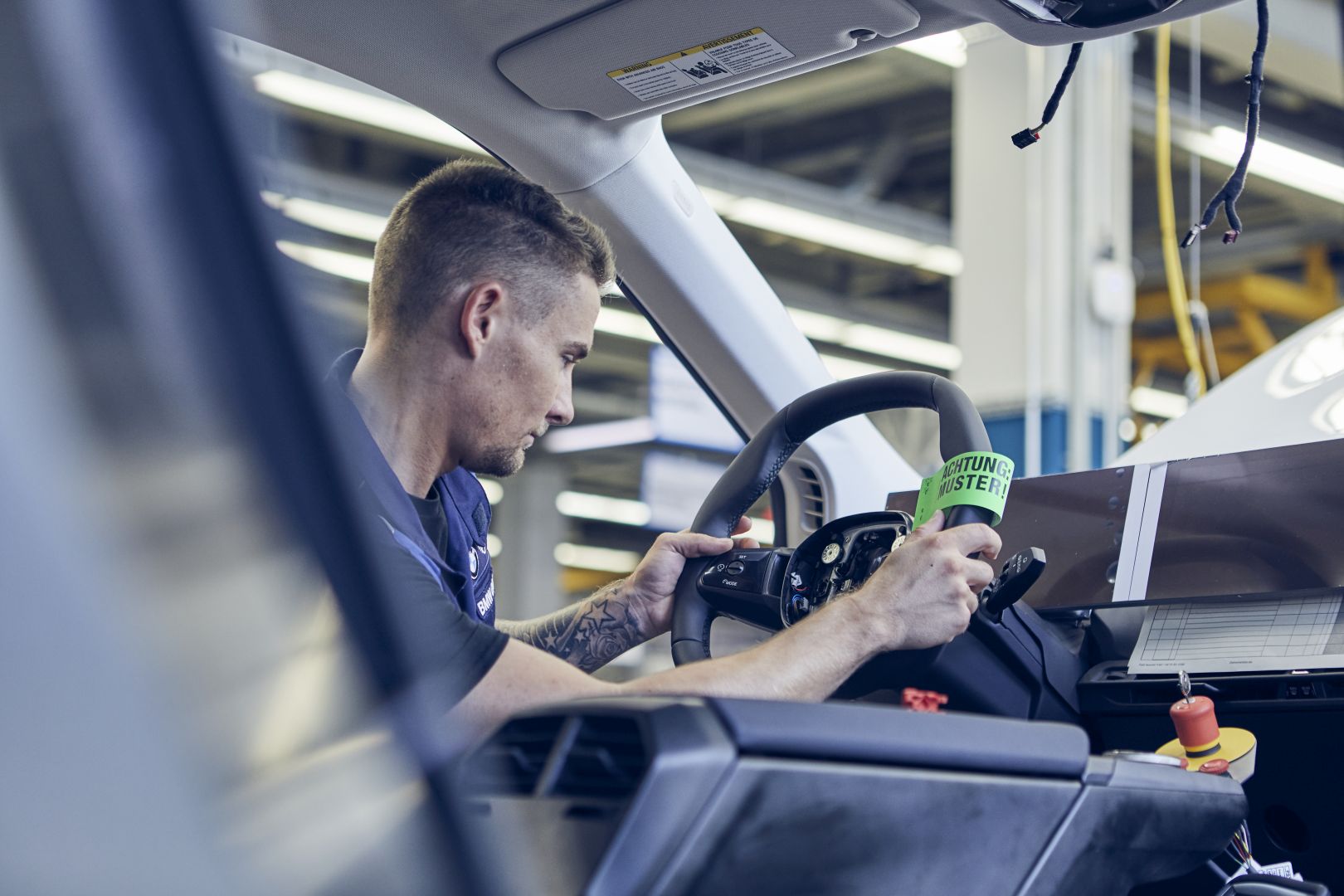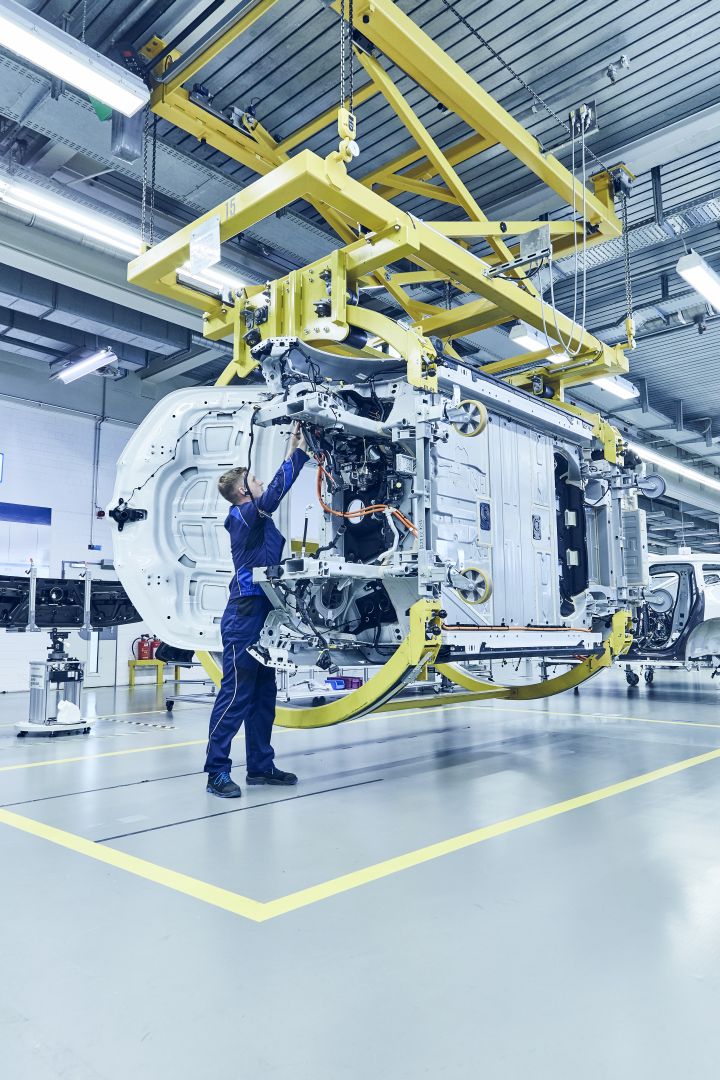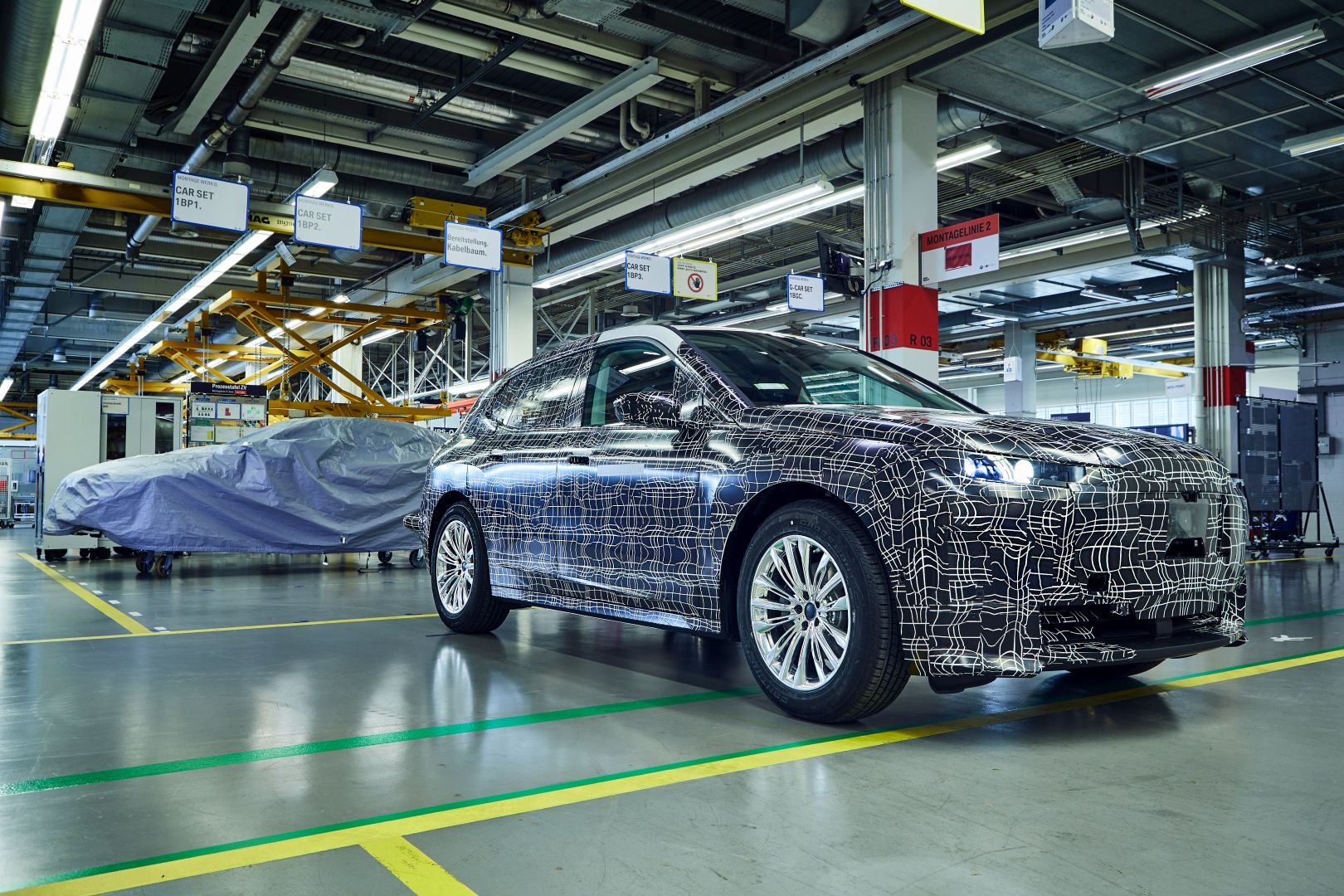BMW announced today the start of prototype production for the iNext. The upcoming flagship from BMW is now entering its testing phase and in its case, things will be a bit different than usual. That’s because BMW wants to use the latest technology in the development of this new model and that will change the way testing is done. To mark the occasion, the Germans published a couple more photos of the car, under heavy camo.
The BMW iNext will be manufactured on the same production lines as other hybrid or combustion-powered vehicles from 2021. That’s something BMW is relying on, this modular platform being considered key to allowing a car maker to adapt on the fly to the market. “By the time of the official start of production, we will have built as many as 100 prototypes of the BMW iNEXT. Until then, the Pilot Plant will use a range of new innovations to streamline and speed up our processes even further. We are also already preparing our first production associates from Plant Dingolfing to work on the new product,” said Udo Hänle, head of Production Integration and Pilot Plant.
For the BMW iNext, the development process will be quite different. Even the construction of the iNext prototypes is different, the various sections of the car being bonded with rotary bonding, a new technology. This joins aluminum and high-strength steel by using the friction heat generated as a steel element pierces an aluminum part. The heat of the steel part fuses the two components. The quality check is then done by a laser radar which speeds up the production.
The car is then put through a series of X-Ray machines to create a 3D image that can be used to analyze the internals of the entire vehicle. This way you can check out the bonds without having to dismantle the car. Previously components had to be removed and taken apart for analysis. The new BMW iNext will enter production in 2021 and until then we’ll see over 100 prototypes on public roads, being thoroughly tested.


